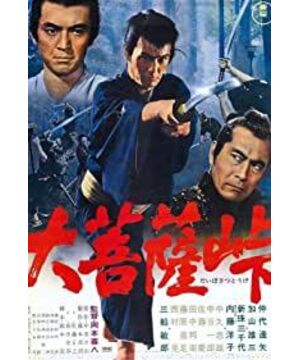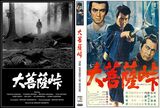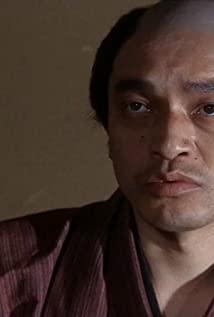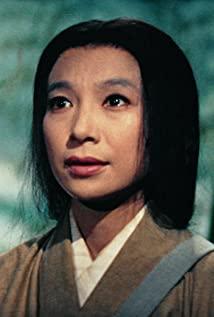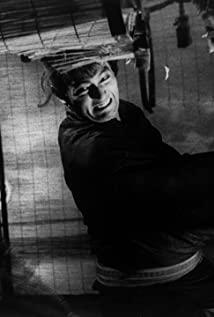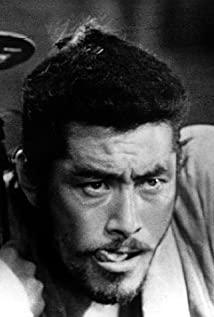The 12th #法罗岛电影节# The 5th screening day of the main competition unit will bring you "Big Bodhisattva Ridge". Here is the evaluation of the warriors fighting to the end!
The Queen of the Faroe Island Empire:
Kihachi Okamoto’s samurai movie is a bit like Masaki Kobayashi, the fight scene is intense, swift, and not muddy, and the ending comes to an abrupt end, seemingly endless.
Bat Bats:
In today's view, rather than saying that "Big Bodhisattva Ridge" is one of the representatives of samurai film peaking, it is better to regard it as a waka, hymn, and elegy belonging to the group of filmmakers of that era.
Sugar-free Tucao:
A shocking samurai movie, snow, blood, with a step by step rules and evil characters. Troubled by orphans and ghosts, the characters seem to end up with a closed loop of fate, but they turn murder into such a crazy dance.
Ye Fan:
Demonstrated a wonderful closed-loop processing in the relationship between the characters and the plot extension. Many details are buried to make the characters more three-dimensional. The last paragraph of killing like a madman has become a symbol of Japanese violent aesthetics.
Wipe:
I don't know if it is my personal aesthetic problem. I feel that it is more about "destiny" and "reincarnation" rather than swordsmanship. Coupled with the ignorance of history, there is no sense of substitution. The role of Abin has undergone three transitions, which is also the cause and effect of evil and evil. No one really said that the male lead looks like Shawn Yue?
sparrow:
The scenes, photography, and scheduling are all amazing. A few scenes of fierce fighting in the wilderness and assassinations of Xueye, the murderous breath in the meantime overflowed across the screen. Nakadai Tatsuya interprets an anti-traditional image of a samurai at the end of the shogunate, barefoot, straw hat, black clothes, expression, grief and anger between steps, vendetta, and murder like returning to the shogunate.
supremacyacron:
I feel that I haven't discussed Kendo very deeply, but I feel that it takes a long time to describe a story of fateful reincarnation. The male protagonist who killed the pilgrim met the pilgrim's granddaughter at the end, and the overall grievances and grievances did not seem to be very systematic. The section chasing light and shadow is the only bright spot.
The song is wrong:
Ryunosuke’s appearance is oppressive and aggressive. The sword on the ridge is the beginning of enlightenment and the cause of his "evil sword". The female character of Ahamin combines tragedy and temptation. She is the rise and fall of Ryunosuke. His experience also led him to further pursue the ultimate strength of kendo, and another female, Asong, is the fruit of his "evil sword". Maybe she has been swallowed by his devilish heart without a fateful duel, Zhong Daida Ya's outstanding performance and the director's thorough audio-visual control undoubtedly make the film a new level.
Pincent:
In "Star Wars: Black Samurai Dragon's Help", it is unambiguous to use the dark side of the Force to cut off the manpower. The editing and photography are so exquisite that it can be regarded as a modern Hollywood master mainstream action film. In an era where "the Japanese samurai class is going to sink like a heavy wood", a person encounters his fate, and this fate is often inseparable from the female characters in film noir. The ego’s demon is the enemy that needs to be defeated the most. The anti-type climax comes to an abrupt end, telling the world that the opposing parties often fail to do, and it also gives the traditional samurai film a counterattack.
No one at midnight:
The relationship between Abin and Ryunosuke is the most interesting, because she unconsciously messes up, one man's sword exudes loving revenge, and the other triggers evil madness. The temptation of quietly haunting women without cause and effect, accompanied by the dark growth of the "evil sword". Father, teacher, enemy, everyone wants to stifle his evolution. It is precisely because every more person dissuaded him and interfered once more, he was constantly awakened by the voice of the devil until he finally became a devil. There is no evil sword, only an evil heart; there is no broken ideal of a samurai, only a lunatic kills to the end. The sound of fighting engulfed all victory and enmity, leaving only the sad song of individual destruction.
Bob_Chow:
Unfolding in a seemingly immoral but difficult to criticize (the old man’s own wishes), the structure of the event is like a sophisticated instrument nested in layers. Unexpectedly, the plot did not become a burden on the image, but layer by layer. Peeling away, it stops abruptly before reaching the longest set goal (revenge). Death becomes doomed, without the need for images to repeat it. Just like literary brushstrokes, it is constantly approaching death through other things, but never really arrives. The subtle mood swings in Nakadai Tatsuya's face are worth playing with, but the inadvertent provocations between his brows and eyes are endless. The final moment of the heart demon's madness is probably only matched by the ending of Kobayashi Masaki's "Abdomen", and even this film is even better. The sword is the means and the carrier, and the soul is not here, not in Ryunosuke, but the history of the Okinawa region during the post-shogunate period. Today the place where the story takes place is under the jurisdiction of Tokyo, and the temple mentioned after the film is located next to the Tokyo Tower and has been surrounded by high-end hotels.
Full of Zhao+:
I was caught off guard when this was over. I was obviously still looking forward to the appearance of the revenge and the gun, but it ended suddenly. Ignoring the so-called foreshadowing of the sudden ending, I was madly killing the Quartet, feeling a little bit cool. After thinking for a while, if this remake is now, probably no one would use such a clumsy fight, and it would be impossible to shoot such a heavy chaos. The director, the real master of light and shadow, the light and shadow at the beginning of his madness, and the falling snow under the black and white pictures are all in love. Looking at the female characters in this movie, the mood is complicated. Asong was surprised when he appeared on the stage. The Japanese women of that era were as gorgeous as the Hollywood actresses of the 1950s and 1960s. I look forward to her having a poignant love or relationship. The confrontation between the protagonist ended up becoming a crazy tool man; and her wife, I have been thinking about why I fell in love with my enemy. I didn’t realize until she died that she was really the same as she said at that time. There is nowhere to go, there is no other way out, and the last death is an escape from the miserable life, it is a tragedy.
#FIFF12#DAY5's main competition score will be released for everyone later, please wait and see.
View more about The Sword of Doom reviews


